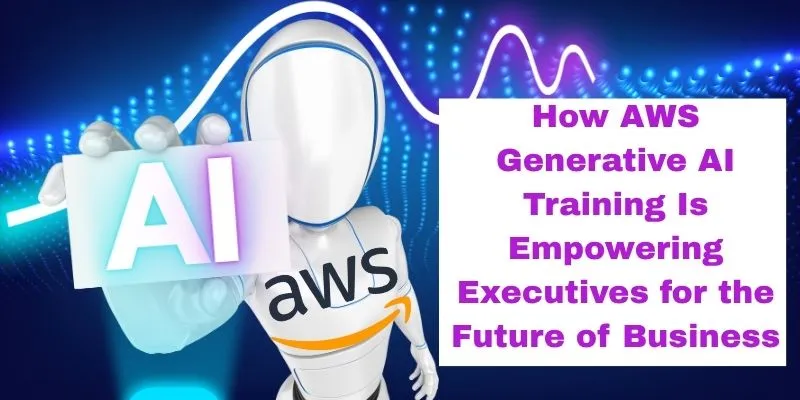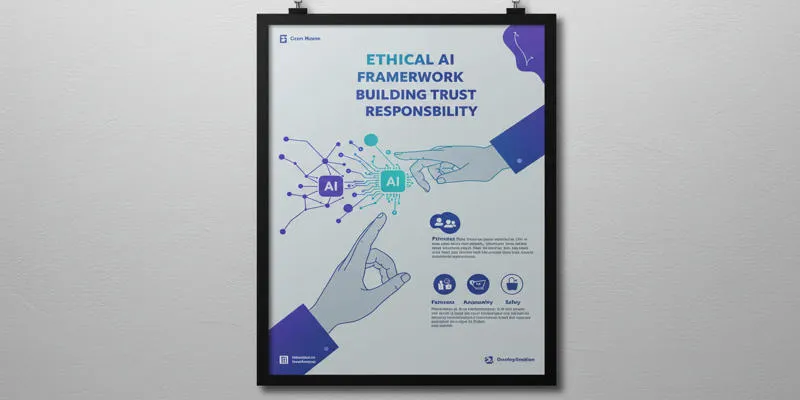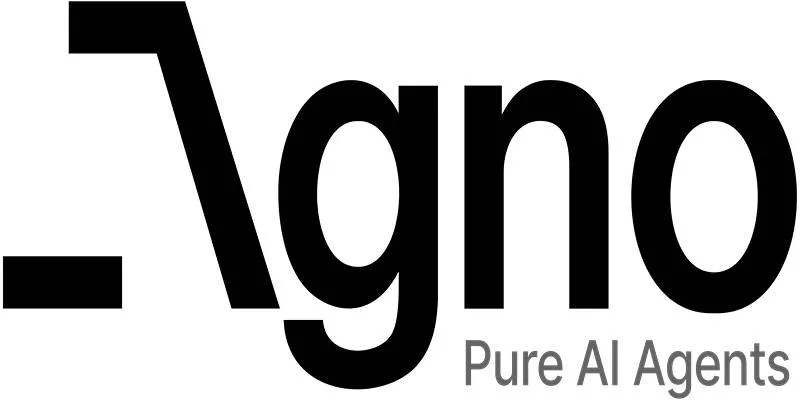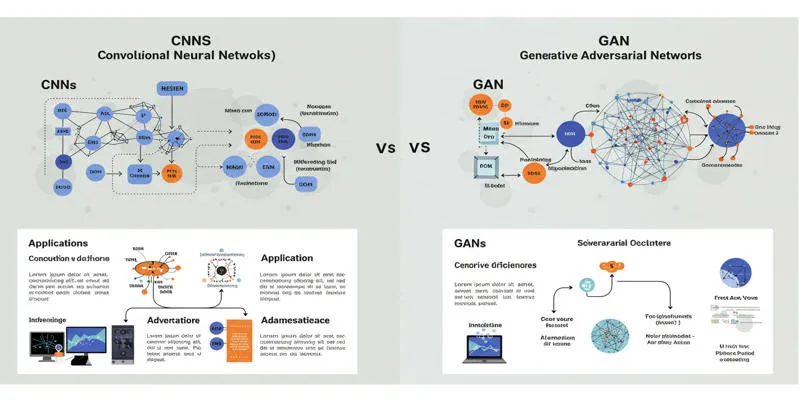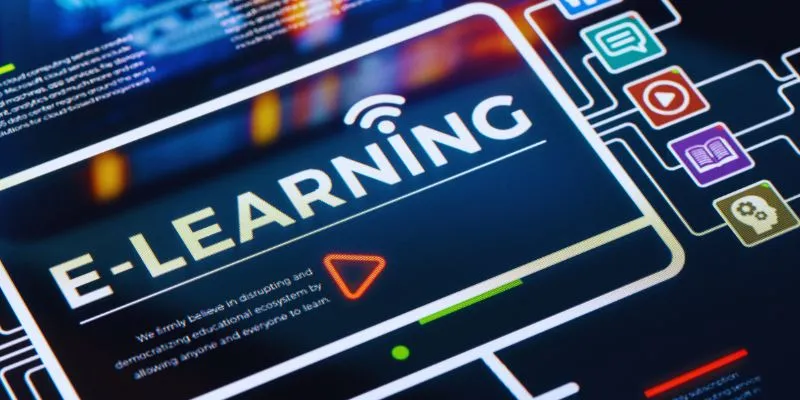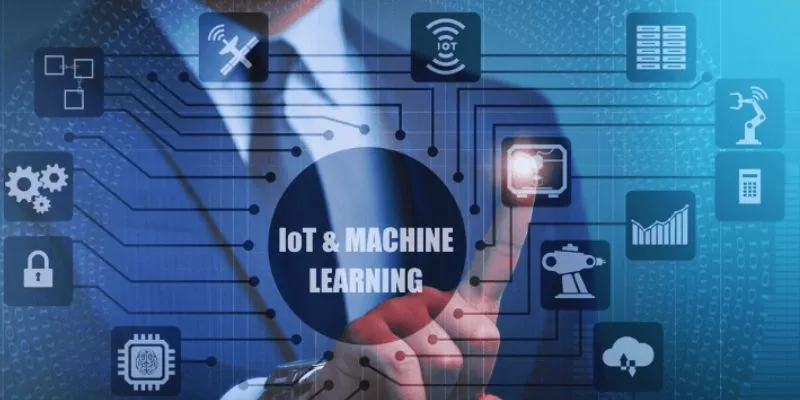The Mobile World Congress (MWC) is no longer just about phones. This year, it became a launchpad for groundbreaking advancements in artificial intelligence (AI), with EY and IBM taking center stage. EY caught attention with a contract analysis tool built on Nvidia’s AI technology, while IBM introduced a compact model designed for enhanced reasoning.
These developments aren’t mere gimmicks; they signify a shift in how enterprises and developers approach AI. Instead of chasing sheer size or buzz, both companies are moving towards smarter, more specialized tools with tangible real-world impact.
EY’s Nvidia-Powered AI Revolutionizes Contract Analysis
EY’s contract analysis tool may not seem flashy at first glance, but its underlying logic is revolutionary. Contracts are intricate, dense documents typically read by lawyers, not machines. Traditional automation tools often falter when faced with ambiguity, multiple clauses, or varying legal standards. EY addresses this by leveraging Nvidia’s enterprise-grade AI stack, utilizing large language models fine-tuned with custom legal datasets.

The tool scans contracts for clauses, obligations, deadlines, and risk factors, providing contextual meaning rather than merely flagging keywords. For instance, it distinguishes between standard and risky termination clauses. This nuance reduces review time and enhances consistency across teams, particularly for multinational corporations juggling diverse legal frameworks.
Nvidia’s involvement is a game-changer. This isn’t a generic large language model (LLM) slapped onto a PDF parser. Nvidia introduces GPU-accelerated inference pipelines and frameworks like NeMo and Triton, enabling rapid, scalable document processing. Moreover, it can run within a company’s infrastructure, sidestepping data privacy risks associated with public APIs. EY positions this tool not just as a legal assistant but as a risk filter and efficiency enhancer for high-volume reviews.
IBM’s Compact AI Model: Precision in Reasoning
While EY focuses on deep specialization, IBM takes a different path—not in terms of size but in functionality. IBM’s newly announced AI model, unveiled at the same event, is smaller than typical foundation models but excels in reasoning. This shift is strategic; many large models still struggle with logic or require heavy prompting.
IBM’s model handles tasks requiring step-by-step deduction and contextual awareness better than much larger models. It processes documents with contradictory clauses and maintains useful conclusions, simulating back-and-forth human questioning without going off-topic.
The model’s compact size is advantageous. It’s easily deployable, requires less power, and integrates into applications where latency is crucial, such as chatbots, virtual assistants, or embedded enterprise software tools. IBM’s model works locally or in hybrid cloud setups, offering versatility in industries like healthcare, banking, and government systems where data privacy is paramount.
IBM achieves this reasoning leap through refined techniques like retrieval-augmented generation and hybrid AI, which enables real-time information retrieval for more relevant answers. The smaller footprint also facilitates adaptation or retraining for specific workflows.
MWC: A New Stage for AI Innovation
MWC has evolved from a hardware-focused event to a showcase of AI innovation. EY and IBM’s announcements dominated the stage, offering practical, enterprise-level solutions ready for deployment. This shift indicates that AI is becoming infrastructure rather than novelty.

The industry is moving away from one-size-fits-all AI. EY delves into the legal niche, while IBM focuses on logical reasoning. Both aim to solve real-world challenges rather than chase benchmark scores, creating AI models that are not only efficient but also practical for business integration.
Conclusion
The landscape of enterprise AI is shifting from giant, general models to focused, practical tools. EY’s Nvidia-backed contract analyzer and IBM’s reasoning-driven lightweight model exemplify this trend: AI solutions that remove friction, save time, reduce errors, and are easy to deploy. CIOs demand solutions that deliver results, not experiments. The focus is on smaller, smarter, domain-specific systems that understand context, ensure reliability and transparency, and keep costs manageable. The future of AI in business is about fit and function, not just scale.
For more about AI advancements, visit Nvidia’s AI Page, or explore IBM’s AI Innovations.
 zfn9
zfn9



